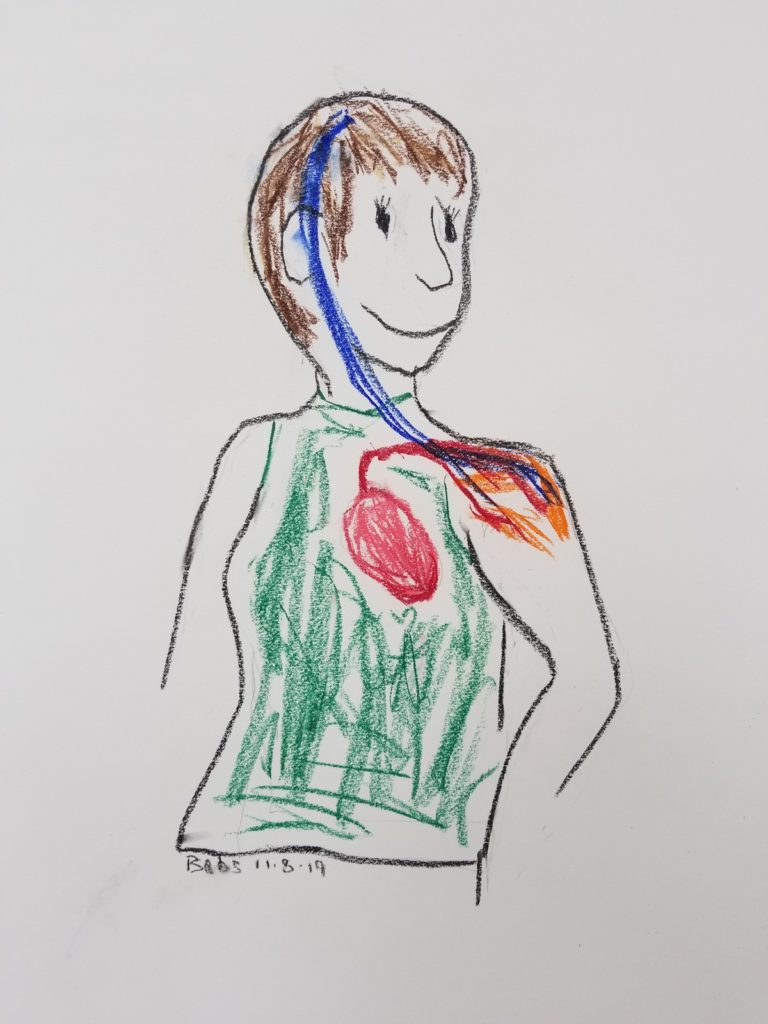
Physiotherapy (also known as physical therapy) is an integral part of the healthcare profession. Physiotherapists (PTs) use specialized hands-on clinical skills and in-depth knowledge of anatomy, kinesiology and physiology to diagnose, treat and manage pain, injury, movement dysfunction and chronic conditions.
Patients are often referred to a physiotherapist hawthorn by a physician or may self-refer for treatment. They may come to the clinic for specific injuries or for management of chronic health conditions like asthma.
Physical Examination
Physiotherapists (or PTs) assess, treat and manage a broad range of physical problems in patients. This may include acute injuries or long-term conditions such as arthritis, respiratory disorders (asthma, chronic obstructive pulmonary disease and cystic fibrosis) or musculoskeletal problems such as back pain, herniated discs and spinal stenosis.
A camberwell physiotherapist will examine you by observing and listening with a tool called a stethoscope or other specialized equipment, such as ultrasound, to help determine the level of rehabilitation needed. They will ask you to demonstrate movements, such as walking or bending, to help them understand your limitations and pain thresholds.
They will use a variety of techniques, including soft tissue manipulation, joint mobilization or manipulation and traction, as well as electrotherapy, such as TENS, which uses small electrical pulses to alter the way pain messages are sent to the brain. They may also recommend acupuncture, where fine needles are inserted into specific points on the body to reduce inflammation and control pain.
Physiotherapists work both independently and collaboratively with physicians and other healthcare professionals, assessing, treating, managing, and preventing a wide range of health problems in people of all ages and abilities. Their skills in restoring movement and enhancing overall wellbeing can make a big difference to patients experiencing illness, injury or disability. Physiotherapy in doncaster is available in hospitals and private clinics, as well as community health centres, rehabilitation centres, child development centres and retirement residences.
Assessment
Physiotherapists use a physical examination and diagnostic tests to determine the level of rehabilitation needed. In addition, physiotherapists will often assess the person’s emotional state and social support system to understand their ability to cope with their situation. They will also assess if a patient has any underlying conditions that could interfere with their progress or affect recovery, such as diabetes, high blood pressure and heart disease.
A specialized workforce of trained physiotherapists is essential to provide rehabilitation services, but in many countries there are not enough physiotherapists working in the field. The World Health Organization has outlined fundamental recommendations for strengthening rehabilitation in health systems to ensure that people requiring rehabilitation can access these services.
Despite criticism that rehabilitation research does not meet the rigors of scientific methods, quantitative methods, such as randomized clinical trials and systematic reviews, are making significant contributions to scientific knowledge in rehabilitation. In addition, more qualitative approaches can complement quantitative methods by seeking knowledge beyond that obtained through randomized clinical trials and systematic reviews.
Rehabilitation is not a luxury health service and should be available to anyone with an acute or chronic health condition or disability. It mitigates the risk of ongoing complications resulting from medical and surgical interventions and enables people to return to work, participate in education, and enjoy family and community life, which can have considerable economic and quality-of-life impacts (WHO 2017). Moreover, it is important for individuals to have access to rehabilitation services to maximize their potential to benefit from other health-related interventions.
Treatment
The physiotherapist, also known as a physical therapist (PT), uses physical approaches to promote human function and movement and maximize the body’s potential within the spheres of promotion, prevention, treatment/intervention, habilitation and rehabilitation. Physiotherapy is a patient-centered health care profession based on evidence and exercise of clinical judgment.
It can include techniques such as soft tissue massage, joint mobilization and manipulations to improve range of motion, exercises to strengthen weak muscles, use of specialized equipment like elliptical machines or stationary bikes, and biomechanical principles. Physiotherapy can be used for a wide range of illnesses or injuries, such as neck pain and back pain, sports injuries, chronic diseases, and surgery recovery.
Rehabilitation is an important part of universal health coverage as it enables people to return to or resume their regular activities, minimizing the need for support at home and at work. It also reduces the need for costly hospitalization and shortens length of stay in hospitals. However, the true cost-effectiveness of rehabilitation is difficult to capture as many studies tend to focus on capturing cost benefits for health systems rather than highlighting more comprehensive gains in quality of life.
Despite the need for rehabilitation services around the world, access is limited. Even in countries with high underlying health burdens, such as low and lower-middle income nations, the capacity to provide rehabilitation is often inadequate.
Education
After completing a technical college diploma, students may attend university to pursue a bachelor’s degree in physiotherapy or kinesiology. Some universities also offer masters in physiotherapy for international students. These programs are designed to graduate practitioners that are confident, highly skilled and ready for the workforce.
Many people require physiotherapy at some point in their lives due to illness, injury or surgery. Others may need it to manage a long-term medical condition such as asthma. Athletes often see physiotherapists for performance improvement.
Treatments often include massage, exercises and treatments based on physical stimuli (such as heat or cold, electrical currents or ultrasound). Other techniques may be used such as acupuncture, where small needles are placed in specific points on the body to alleviate pain.
Physiotherapists work in concert with other healthcare professionals to ensure that patients receive the most appropriate and highest quality care possible. They may be referred to by physicians to treat patients with certain conditions or injuries such as back or neck problems, following surgery (such as hip replacements), and even cancer or cardiovascular diseases. They can assist with managing and preventing chronic health issues like incontinence and lymphedema. They can also provide support and education to help prevent re-occurrences of injuries or illnesses. Physiotherapy is an invaluable service to society and patients benefit from it at every stage of their life.




